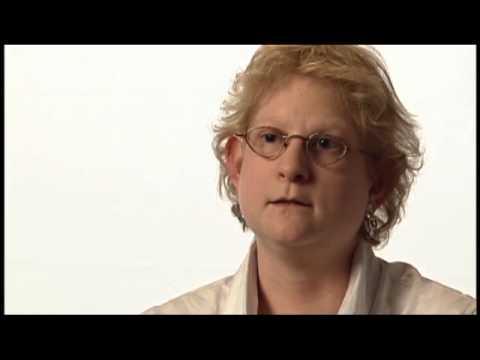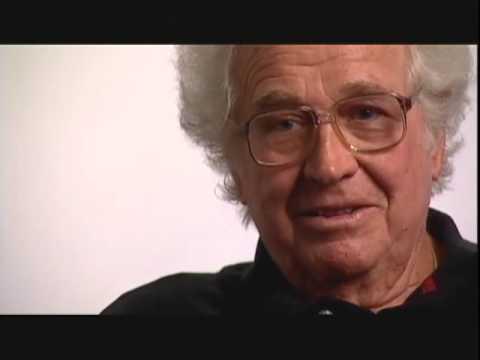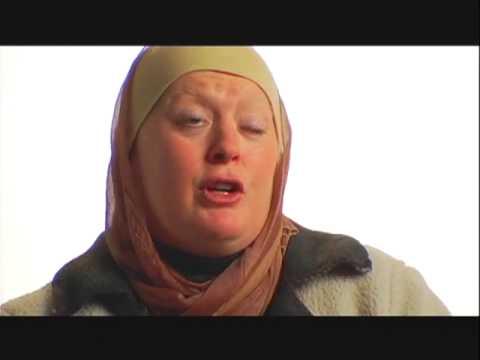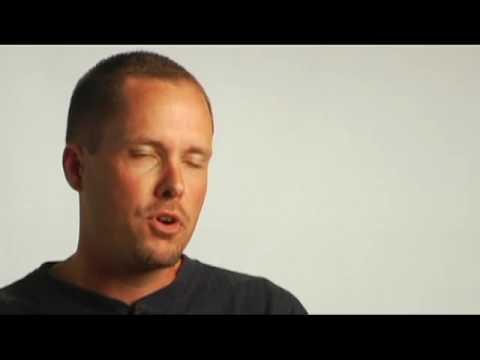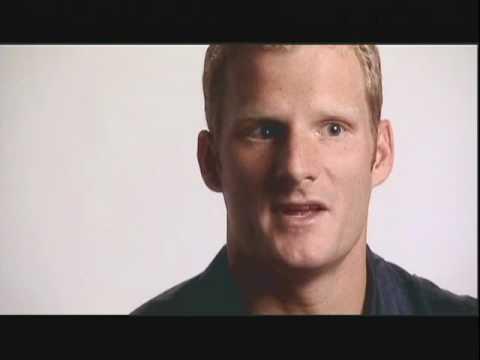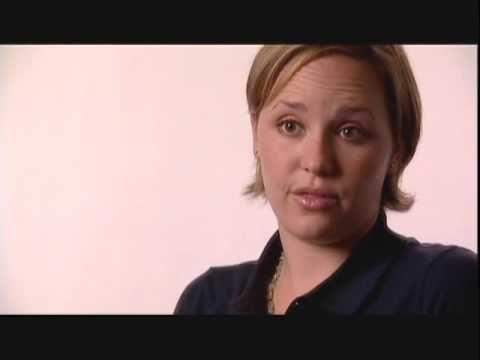I was diagnosed in December of 1996 with papillary thyroid cancer. I had a full thyroidectomy. My doctor also made the decision to give me radioactive iodine treatment in isolation. Then that was that.
I went right back and looked for work about two months later. I was getting better. I had my year exam, the following year, and I cleared all my tests. But my doctor said that 25% percent of all thyroid cancers are not detected in a scan. They can be detected in an ultrasound. So I had an ultrasound, and they found a couple of nodes that probably had to be removed. So they went in again, and I was fine after that. At my six-month checkup, after that second neck dissection, I had another really, really small tumor, the size of a pea. When they took it out, it was really big. It wasn’t the size of a pea. It was a lot deeper than the other ones. It was in the carotid artery, and they had to cut slightly into the muscle.
When I had that happen, I was taken back, but I went back to work quickly. However, I was having this really bad shoulder pain. At work, I was on the computer, and it was really, really painful to sit there. My surgeon got me some physical therapy. I was doing okay, but it still was hurting. It started getting worse after I started doing the physical therapy. One day I woke up, and I couldn’t move my arm. It almost felt like paralysis, and it was the most excruciating pain I’ve ever experienced. I didn’t even know what to do. My hand was red and tingling. It felt like someone had a match at my hand, and I couldn’t get the match away.
I have Reflex Sympathetic Dystrophy. It is the malfunction of part of the nervous system. It’s caused from an accident that you might be in, or a surgery, or any type of medical procedure. A lot of physicians don’t know about it, so there isn’t early detection. A lot of people don’t even know they have it because they’re not getting diagnosed. It’s just relentless. It’s suffering that I’ve never experienced, in terms of chronic pain, and constantly having to train your brain to not do certain things.
My parents had to help me. It’s really hard to be 30 and have your parents taking care of you. You’re right where you want to be, like everybody else, and you want to be 30 and having fun, doing your career, and getting in the nitty-gritty of it, and then you have to deal with this.
I got lucky. A lot of people don’t get early detection. I would do simple things in my house, like grooming myself with my brush, and it would just flare it up. I didn’t know how to deal. I never was taught how to manage this kind of pain. My endocrinologist got me into an inpatient program where they teach you how to manage your pain. It’s for people that have all kinds of pain. I was there for 18 days. They taught me how to get off the narcotics and manage my pain. They always said, “We can’t take your pain away. But we can make it better. We can make you have a better quality of life.” So you have 20 percent quality of life. People that know chronic pain say that that’s huge. I was so determined. They had yoga, and they modified it for people in chronic pain. There were teachers. We had pool therapy. We had Activities of Daily Living (ADL), which was huge. I want to know how I can clean my home, do these things without flaring up every time. With nerve pain, it’s relentless.
This program really taught me. They really put it so that everything in your life can make your pain better. If you’re able to communicate your pain to your doctors, to your family, trying to be more verbal about, “How does your pain feel?” Giving levels of it. Being really physical at the gym and teaching you how to walk on the treadmill and teaching you all these different aspects that were so huge to me because I wasn’t being taught that.
I had a lot of sadness, a lot of anger, and a lot of frustration. Some months I felt helpless, which really wasn’t my personality before I was diagnosed with this. It made me feel like, “What is going to be my life and what am I going to do?” I think the best thing that happened was the pain program because it gave me a goal. I was like, “I can do this. I can go somewhere and help me. I’m going to have structure. I’m going to exercise, and they’re going to teach me how to get out of this pain as much as I can.” I was determined.
That’s where my family and my friends came in. The work that I was doing at the time, it was so great because I had their support. It was hard to explain because I was alone. No one really got what was going on. It wasn’t like something where everybody could say, “Oh, I know someone who had that,” or “That’s that.” So the result is integration of my physical and my emotional. You can’t separate it, at least not with me. You can’t separate that if you’re physically unable to do things. You’re in excruciating pain, so how can you separate that you’re not sad and frustrated and angry?
When you get the surgery, you get the thyroid taken out. They adjust it, and they have to process so that the cancer doesn’t come back, to keep it low. I will be taking Synthroid forever. That’s easy for me because that’s just taking a pill. To me, at this point, it’s been nine years; it’s like brushing my teeth. But sometimes, the levels get off because I do have pain. Your thyroid can change from trauma, illness, extra exercise. So sometimes it goes up and down, but it’s never anything major. I’m lucky that I never developed thyroid dysfunction. A lot of people sometimes develop thyroid dysfunction from the thyroidectomy.
The scars did cause some problems with my day-to-day life. I was actually lucky when I had my surgery. It was in the winter, so I was wearing turtlenecks. I didn’t know how to deal with it. I didn’t know what to do because it was so visible, and I didn’t want people to know. I was very confused because I was young. I felt ashamed at the time. It’s in your neck. People are going to be like, “What happened to you?” It’s in a weird place. It’s kind of creepy. I think what happened was when I first got it, it was so fresh to me that it was like every time you said it, I was reliving what I’d just been through. But now, I really learned how to say when I want to say it. It’s my choice who I tell or who asks about it. It’s very thin now; you can’t even see it, but I had it three times. It was always really visible. Sometimes people do notice it, and I’m shocked. I say I had some thyroid dysfunction, and they took my thyroid out. Or if I feel like I want to tell someone, I say, “I had a thyroidectomy. I’m fine,” and that’s that. It depends on the situation. And I choose my disclosure.
I met so many interesting people. I was involved with an excellent young adult support group, which was great because it made me feel like, “Okay. These are people that understand the issues that I’m dealing with.” I learned so much. We bonded, and we helped each other. After all the years, I didn’t feel alone. My family and my friends are fabulous. They’re great, and I couldn’t do it without them. I’m in a club. I didn’t really want to be in it, but I am. It helped me realize, this is something I can do. I can live with this.
It made me accept and feel so grateful. I wouldn’t take this experience back for anything because I think it made me a healthier person in a lot of ways. It made me realize that you have to let go of things. You have to learn to accept what your life is going to be. It makes you love more, and it makes you want to be a better person. I want to help other people. I started volunteering at a great hospital. I’ve done stuff with another foundation to raise awareness of thyroid cancer. It’s been a great thing.
My name is Jennifer Adler, and I’m a nine-year thyroid cancer survivor.
